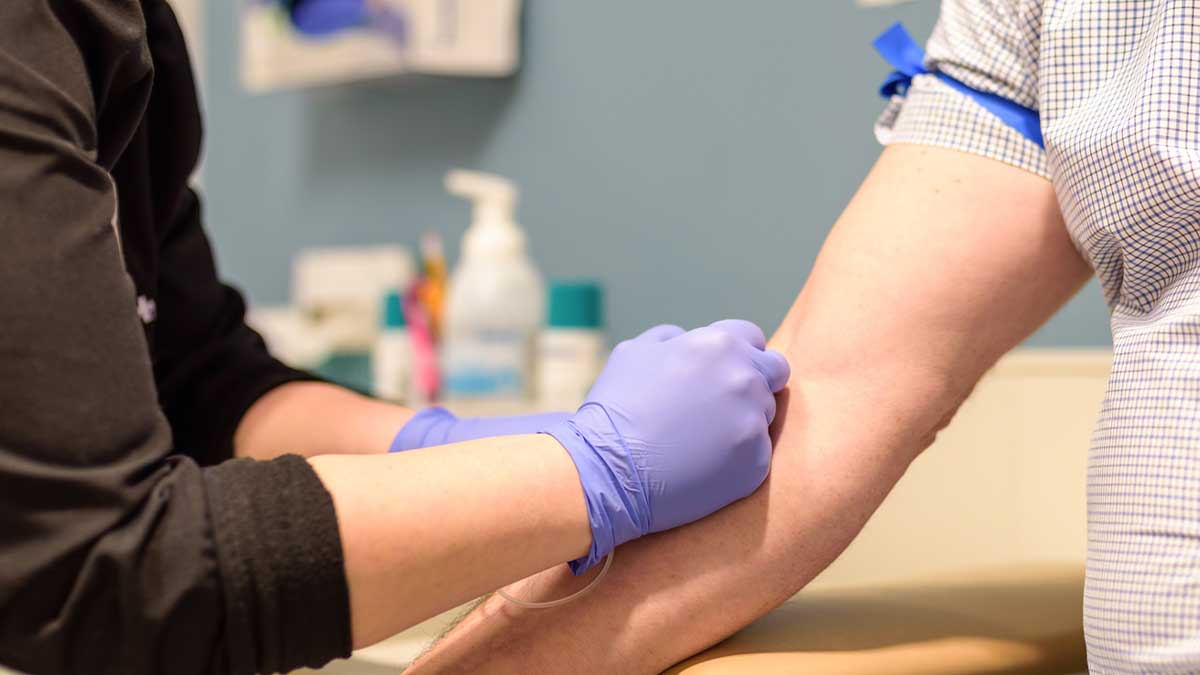Ohio State to test novel nitric oxide therapy on COVID-19 patients
 Testing a unique form of inhaled nitric oxide as a treatment for COVID-19 is one of the crucial clinical trials springing up across The Ohio State University Wexner Medical Center and College of Medicine showing promise for improved outcomes in the worldwide effort to control the spread and recurrence of this deadly disease. The first of its kind in Ohio, the study tests the use of a novel inhaled nitric oxide (iNO) treatment on humans—with the aim of reducing the need for mechanical ventilation, while fighting the virus and improving recovery time.
Testing a unique form of inhaled nitric oxide as a treatment for COVID-19 is one of the crucial clinical trials springing up across The Ohio State University Wexner Medical Center and College of Medicine showing promise for improved outcomes in the worldwide effort to control the spread and recurrence of this deadly disease. The first of its kind in Ohio, the study tests the use of a novel inhaled nitric oxide (iNO) treatment on humans—with the aim of reducing the need for mechanical ventilation, while fighting the virus and improving recovery time.
This iNO treatment has been used safely and effectively as a therapy for improving oxygen exchange in the treatment of lung disease. It has been found to improve breathing in patients affected by the SARS virus in earlier outbreaks.
Prior studies of SARS-CoV revealed that inhaled nitric oxide’s antiviral properties could suppress how the virus replicates, showing potential as an antiviral agent that could possibly decrease disease burden. Based on the genetic similarities between the two coronaviruses, the historical data supports the potential for inhaled nitric oxide to provide meaningful benefit for patients infected with COVID-19.
“If we can treat patients with inhaled nitric oxide before they become so ill that they require a ventilator, we believe we can improve patient outcomes and reserve ventilators and hospital resources for the sickest patients,” explains Sitaramesh Emani, MD, principal investigator, interventional heart failure cardiologist at Ohio State Wexner Medical Center. A 2006 graduate of the Ohio State College of Medicine, he’s now associate professor of internal medicine at his alma mater.
Looking at patients with mild to moderate COVID-19-related pneumonia who require oxygen but do not need a ventilator to support breathing, the clinical trial will administer high-concentration pulses of nitric oxide to provide a precise and constant dose, regardless of a patient’s breathing pattern, using the portable and light-weight Bellerophon INOpulse® delivery system.
Patients are admitted to the trial via individual patient expanded access—also known as compassionate use—as approved by the U.S. Food and Drug Administration. They will receive treatment for a minimum of three days and up to two weeks if needed. Patients will be followed for four weeks to assess how they respond to the treatment.



